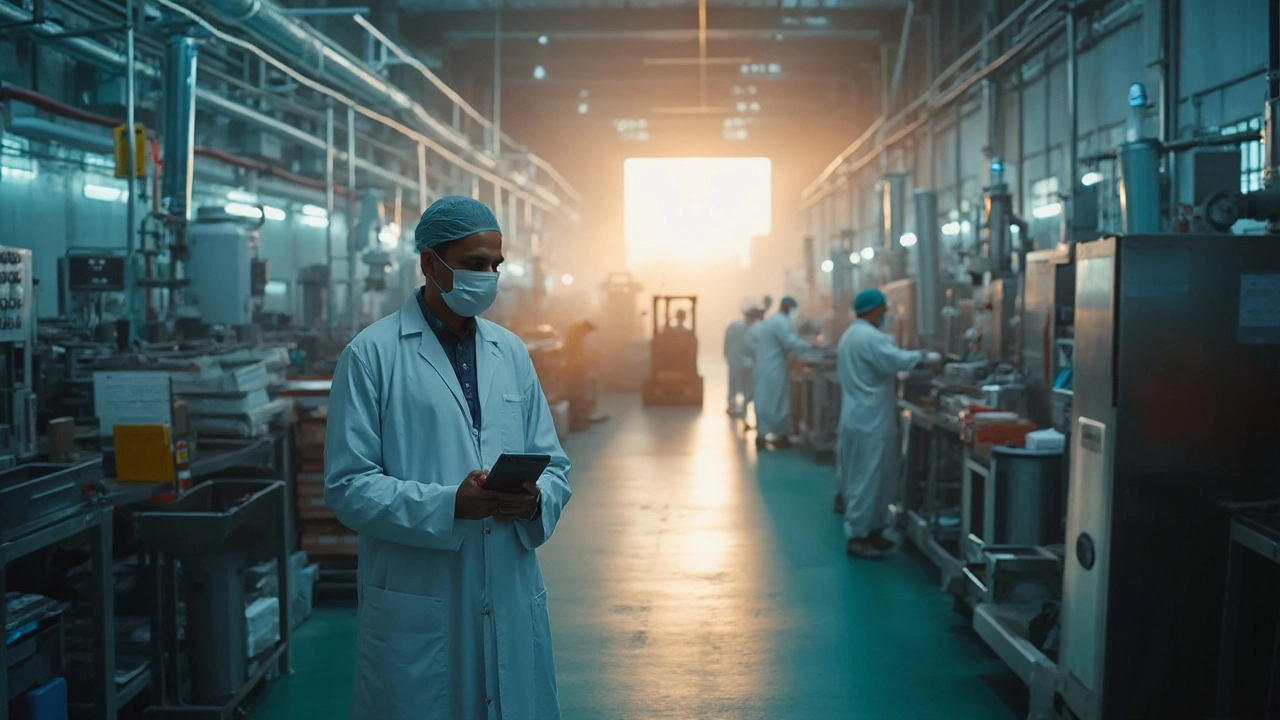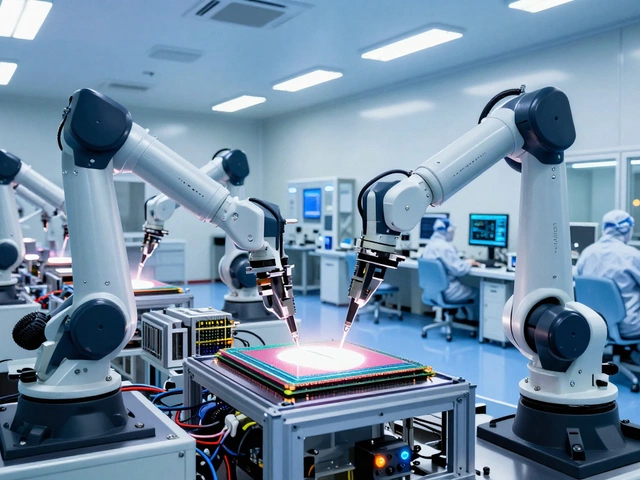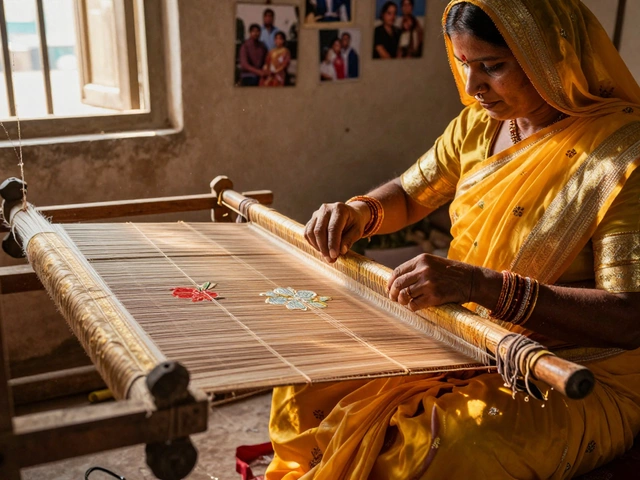India Pharma Clusters 2025 – Where the Action Is
India’s drug industry is buzzing, and the real magic happens in a handful of clusters. These zones pack together manufacturers, research labs, and supply‑chain players, making it easier to launch new products and cut costs. If you’re thinking about setting up a plant or partnering with a local firm, knowing which clusters are thriving now can save you time and money.
Key Pharma Hubs Shaping 2025
First up is Gujarat’s Pharma Belt. Cities like Ahmedabad and Vadodara host big names such as Sun Pharma and Alembic. State policies give tax breaks and fast‑track clearances, so you’ll see a steady flow of new APIs and finished drugs. Next, Maharashtra’s Pune‑Ahmedabad corridor pulls talent from nearby engineering colleges and offers world‑class logistics via the Mumbai port. Then there’s Hyderabad’s Genome Valley, which blends biotech research with traditional pharma. The cluster benefits from a strong talent pool and a government‑run incubator that funds early‑stage projects.
Don’t overlook Karnataka’s Bangalore hub. It’s less about large‑scale manufacturing and more about innovative formulations, biosimilars, and digital health solutions. The state’s startup ecosystem means you’ll find many small‑batch producers willing to co‑develop products. Finally, the Telangana – Hyderabad pharma corridor is growing fast thanks to low land costs and a dedicated pharma park that offers shared utilities, quality labs, and a one‑stop permit office.
How to Tap Into These Clusters
Start by matching your product type with the cluster’s strength. If you need bulk API production, Gujarat’s belt is a safe bet. For cutting‑edge biologics, head to Genome Valley. Next, explore the incentive packages. Most state governments publish a simple checklist online – look for capital subsidies, duty exemptions, and training grants. It’s worth talking to the local industrial development corporation; they can fast‑track your site approval and connect you with trusted contractors.
Networking matters. Attend the annual India Pharma Expo in Delhi or the regional biotech fairs in Hyderabad. Those events give you face‑time with park managers, equipment suppliers, and potential joint‑venture partners. Also, consider setting up a liaison office in the cluster’s nearest city. A local presence helps you navigate regulatory quirks and builds trust with vendors.
Finally, keep an eye on the supply chain. Most clusters have a shared logistics hub, which means lower freight costs and quicker delivery to ports. Use a freight forwarder who knows the intra‑cluster routes – they can shave days off the lead time and reduce warehousing expenses. By aligning your product, incentives, and logistics, you’ll turn the cluster’s advantages into real profit.
In short, India’s pharma clusters are more than just geographic labels; they’re ecosystems that combine policy support, talent, and infrastructure. Identify the right zone, lock in the incentives, and build local relationships. Do that, and you’ll be ahead of the curve as the industry rockets forward in 2025.
Largest Pharma Hub in India (2025): Baddi, Hyderabad or Gujarat?
Looking for India’s largest pharma hub? Baddi leads in manufacturing capacity, Hyderabad in APIs/vaccines & R&D, and Gujarat in exports. Clear 2025 guide with picks.
Read More




